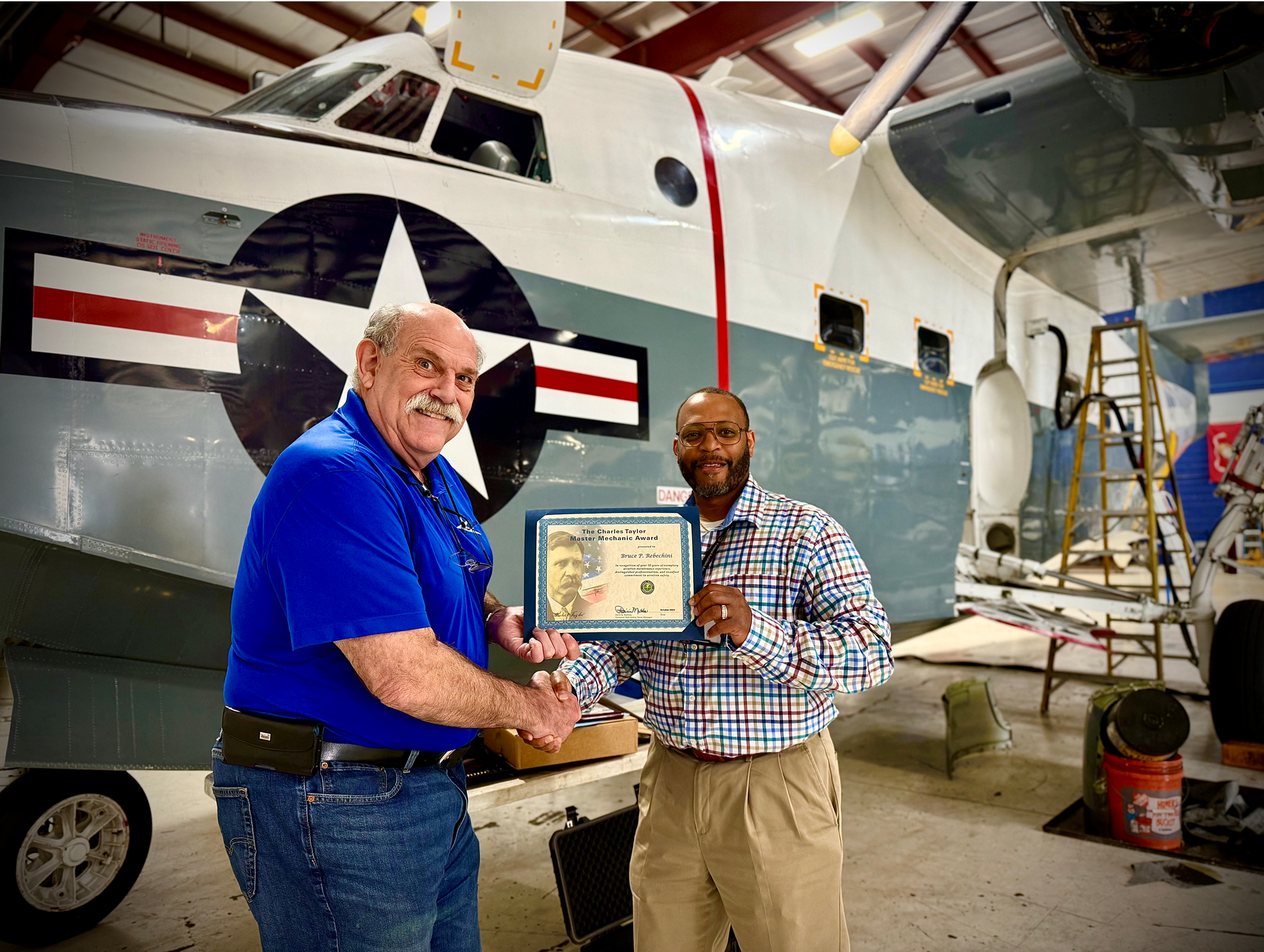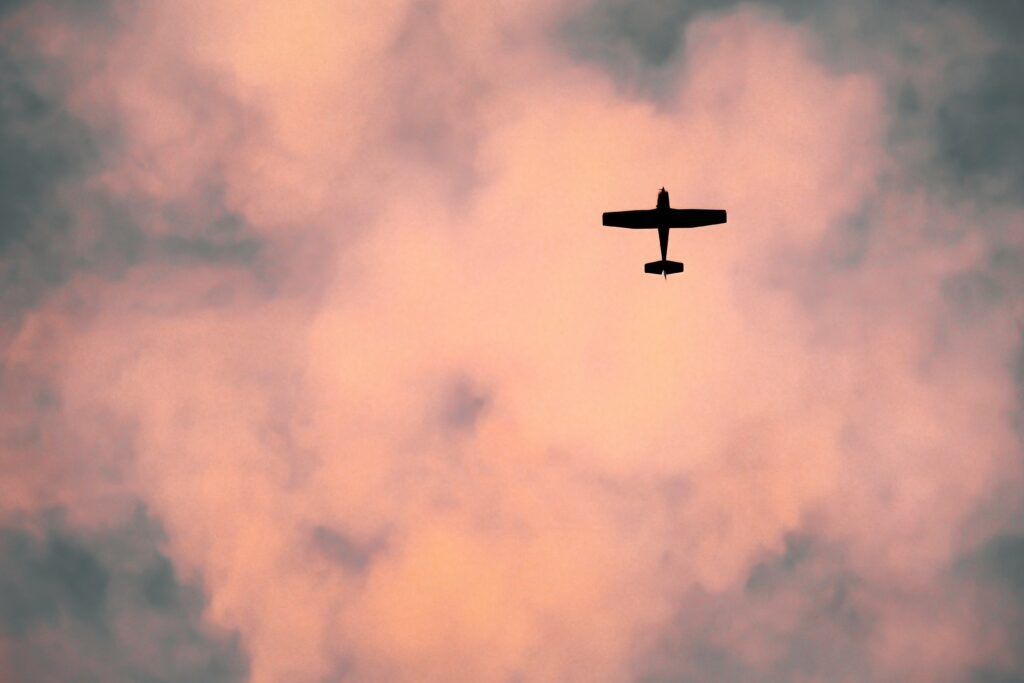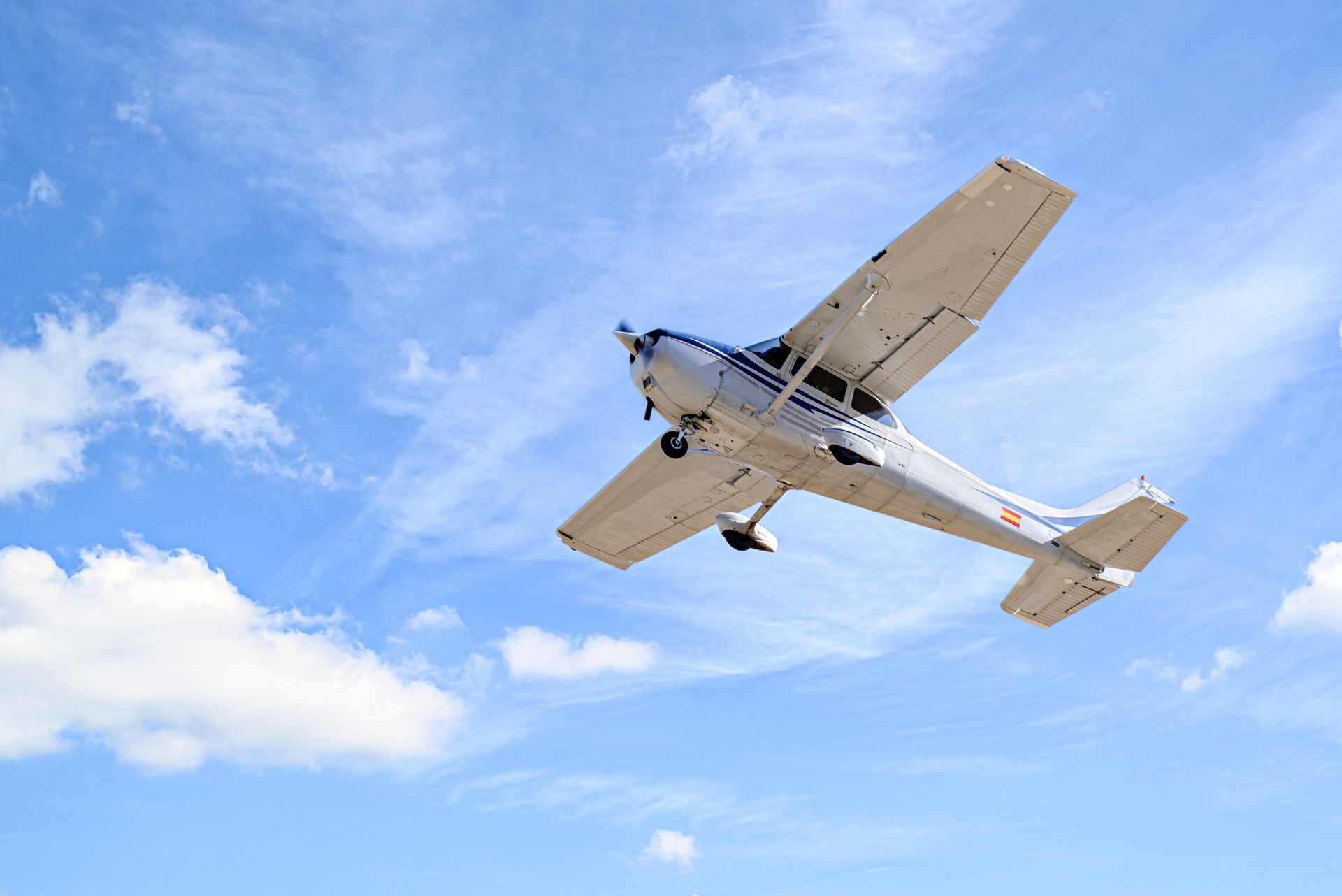Share this Article:
Preventative maintenance is important to perform on any major appliance or vehicle if you want to maximize your return on investment. But it’s arguably even more important on an aircraft. After all, you can’t exactly pull your plane over to the side of the road in mid-air and wait for a tow truck to get you to the nearest repair shop. It’s a big part of the reason why the Federal Aviation Administration (FAA) has identified such a comprehensive list of maintenance tasks – and these aren’t just guidelines, they’re necessary if you want to uphold an aircraft’s airworthiness certificate.
In this post, we’ll take a closer look at aircraft maintenance requirements, checklists you should be following, and more. Here’s what you need to know:
Aircraft Maintenance Requirements
The FAA breaks down aircraft checklists into three main categories. They are as follows:
- 100-Hour Inspection: This only applies to smaller aircraft that weigh less than 12,500 pounds and are used commercially. As the name implies, the FAA requires the inspection of such aircraft at least once every 100 hours in the air.
- Progressive Inspection: This inspection option is for aircraft owners or operators who own a very heavily utilized aircraft or fleet of aircraft. It involves regular inspections in various stages over the course of a calendar year.
- Annual Inspection: Every aircraft, regardless of type or purpose, is required to undergo an annual inspection by a licensed aircraft mechanic.
Any aircraft that doesn’t meet these inspection requirements cannot be operated. We’ll dig deeper into the various preventative maintenance checklists in the forthcoming sections.
Aircraft Wing Checklist
It’s not an understatement to say that the aircraft wings are the most important part of the plane’s frame. They do more than just help provide stability, but move air over the top of the wing to help the plane maintain speed. Many people also may not realize that fuel is stored in the wings. Here’s a look at some of the things that need to be considered when assessing the aircraft wings:
- Overall condition: Aircraft wings are susceptible to structural damage and may endure cracks and dents over time. Any visible damage should be immediately repaired.
- Leaks in the fuel tank: As we mentioned above, fuel tanks are often stored in aircraft wings.
- Lights: Position lights are installed on the tips of each wing to help alert other aircraft of its presence. Just like a car needs its headlights to work for safety purposes, aircraft need these position lights to work correctly too.
Aircraft Engine Checklist
The engine is an aircraft’s power source. It’s also likely to be the root cause of any issues, should they arise. In fact, it’s estimated that mechanical failures account for about 15 percent of all aviation incidents. And while engine failure has a rate of less than 1 per every 100,000 flight hours, you certainly don’t want to add to this statistic.
In other words, special tender, love, and care should be given to aircraft engines to the extent that non-structural items should be taken apart as part of any inspection. At the basic level, cowlings and fairings should be removed and thoroughly cleaned. Fuel lines should be inspected to ensure they’re secured and free of leaks. And spark plugs should be removed and cleaned. Don’t forget to lubricate the propeller while you’re at it.
Additionally, aircraft need their oil changed too. Some aircraft need their oil changed as often as every 50 hours of operation. Make sure you know how often to change the oil on your plane. Not only can doing so help the engine run better, but keep in mind that aircraft engines are always running at high temperatures and pressures.
Landing Gear Checklist
Tires, shocks and struts, shock absorbers, wheel bearings, and landing lights can all help spell the difference between a rocky landing and a safe, smooth landing. That’s why they’re all important to inspect when you get to your landing gear checklist during a maintenance inspection. All of these components are important and should be thoroughly assessed. For instance, landing gear shock struts work to absorb impact on touchdowns. They endure a lot of wear and tear over time and should be regularly lubricated regularly to ensure smooth landings.
Airplane tires should be replaced every 120 to 400 landings due to the pressure placed upon them during takeoffs and landings and the high temperatures that they need to withstand during operation.
Other Aircraft Components to Check
There are various other aircraft components that are important to check, notably the tail wing (or empennage) and parts of the fuselage, or aircraft body. Here’s a look:
- The HVAC system
- Passenger and pilot seat belts
- Hydraulic reservoirs
- Doors, windows, and window screens
- Tail wing rudder
- Empennage elevator
- Stabilizers
While these are some of the main components, it’s also important to inspect any smaller components as well. Giving the aircraft a proper once over and assessing the likes of nuts and bolts, key and safety wires, fasteners, communications devices, navigation systems , weather systems, and more cannot be overlooked. Lubricate parts when necessary.
J.A. Air Can Help You with an Annual Inspection!
There’s a lot to owning and operating an aircraft beyond proper registration and insurance . Part of determining an effective aircraft maintenance plan to comply with FAA regulations is first knowing what type of maintenance needs to be performed based on your aircraft. From there, it makes sense to create a maintenance schedule and know a team of maintenance technicians you can call on to execute the plan that you’ve put in place. That’s where J.A. Air can help. With experienced and trained technicians on hand, J.A. Air can provide reliable maintenance on just about any type of aircraft. We also have an extensive parts inventory to support our repair and maintenance efforts. Contact us today to learn more about how we can help with your annual aircraft inspection.




